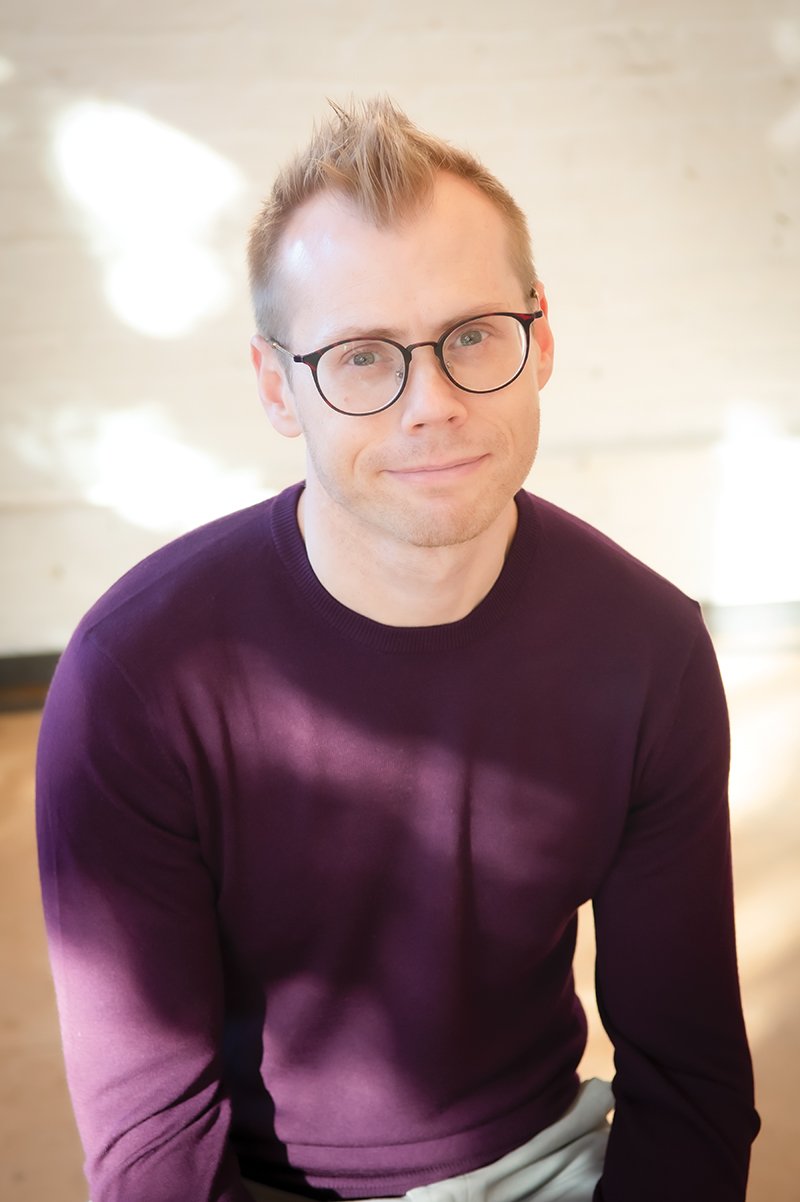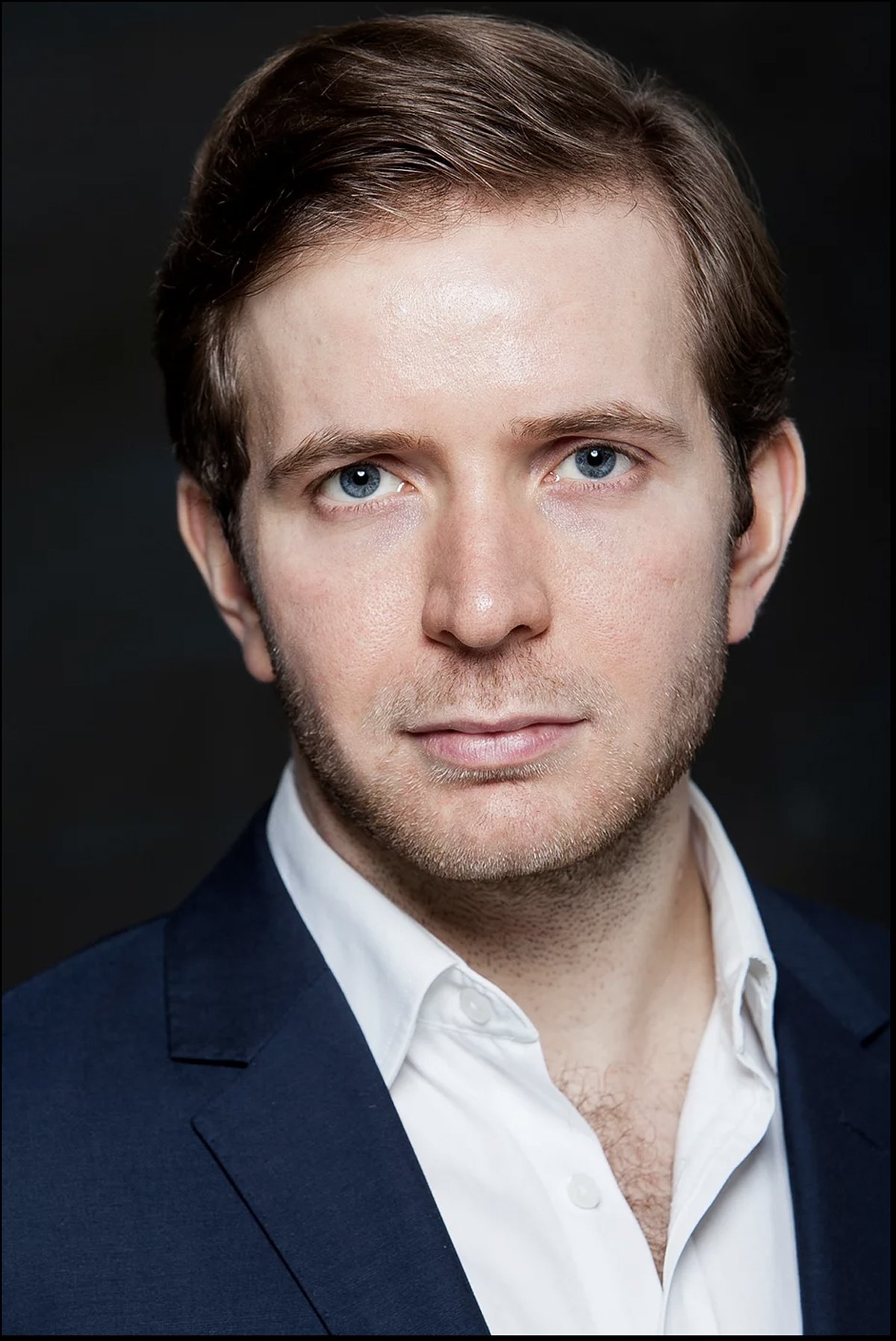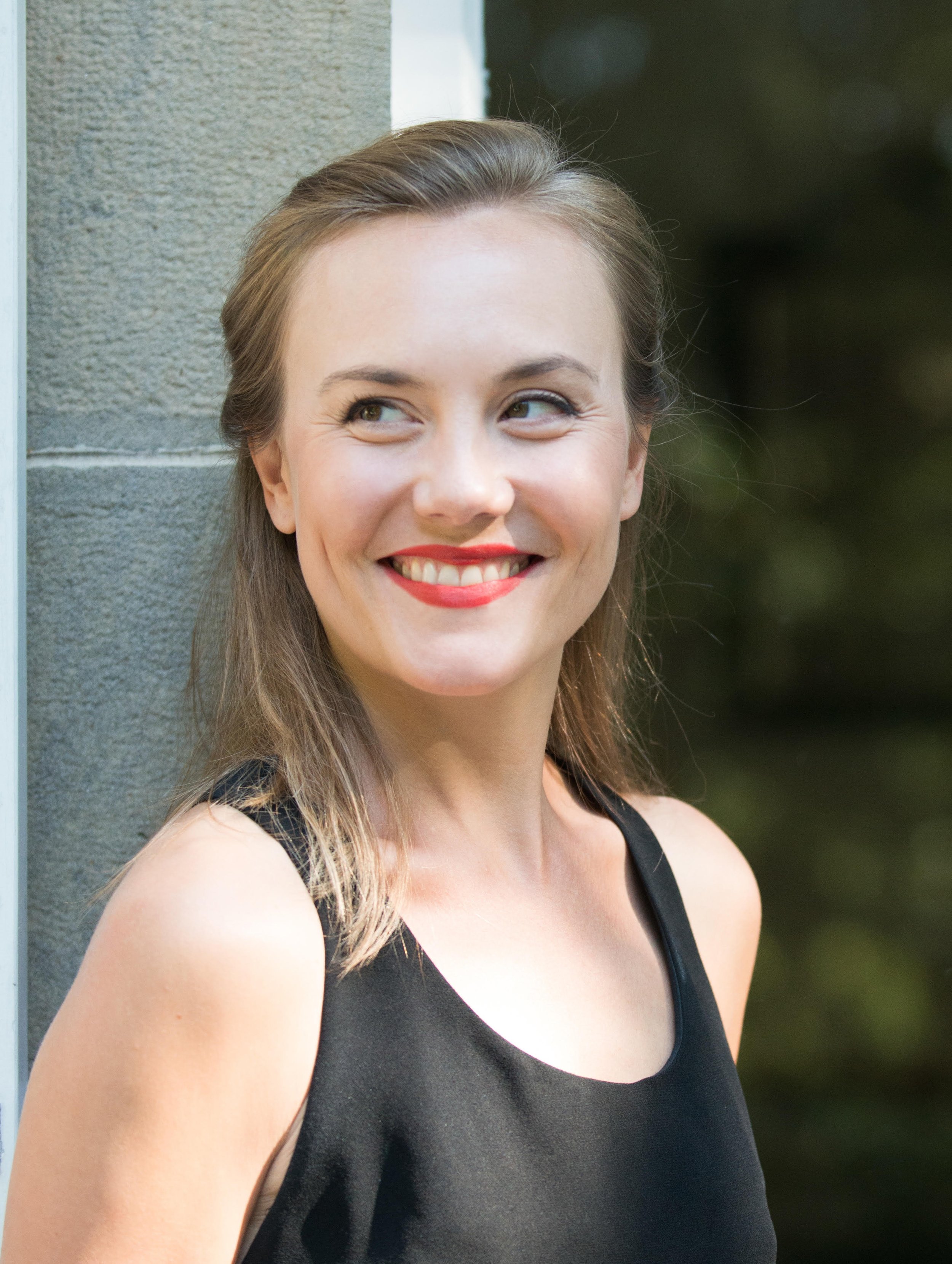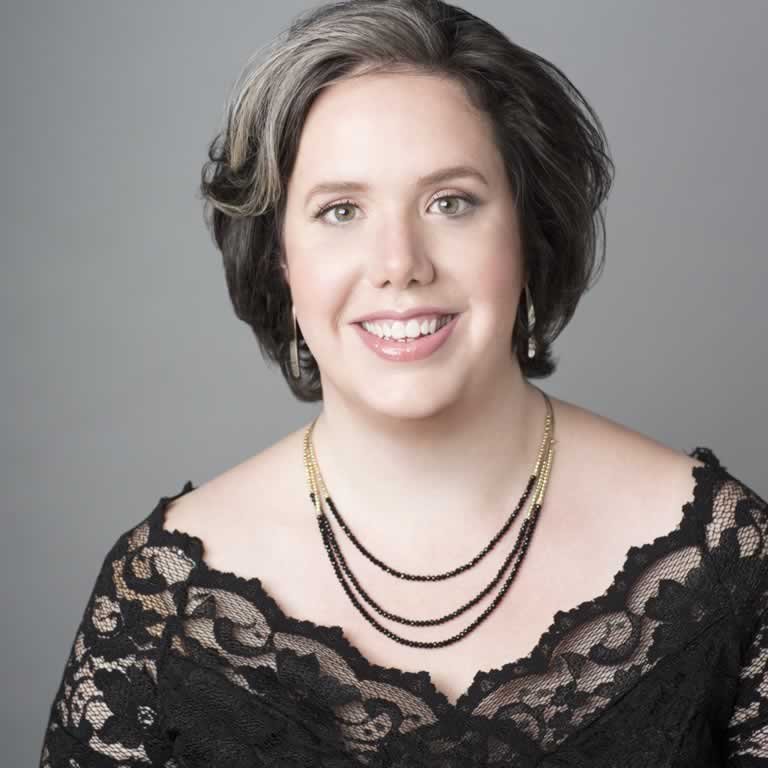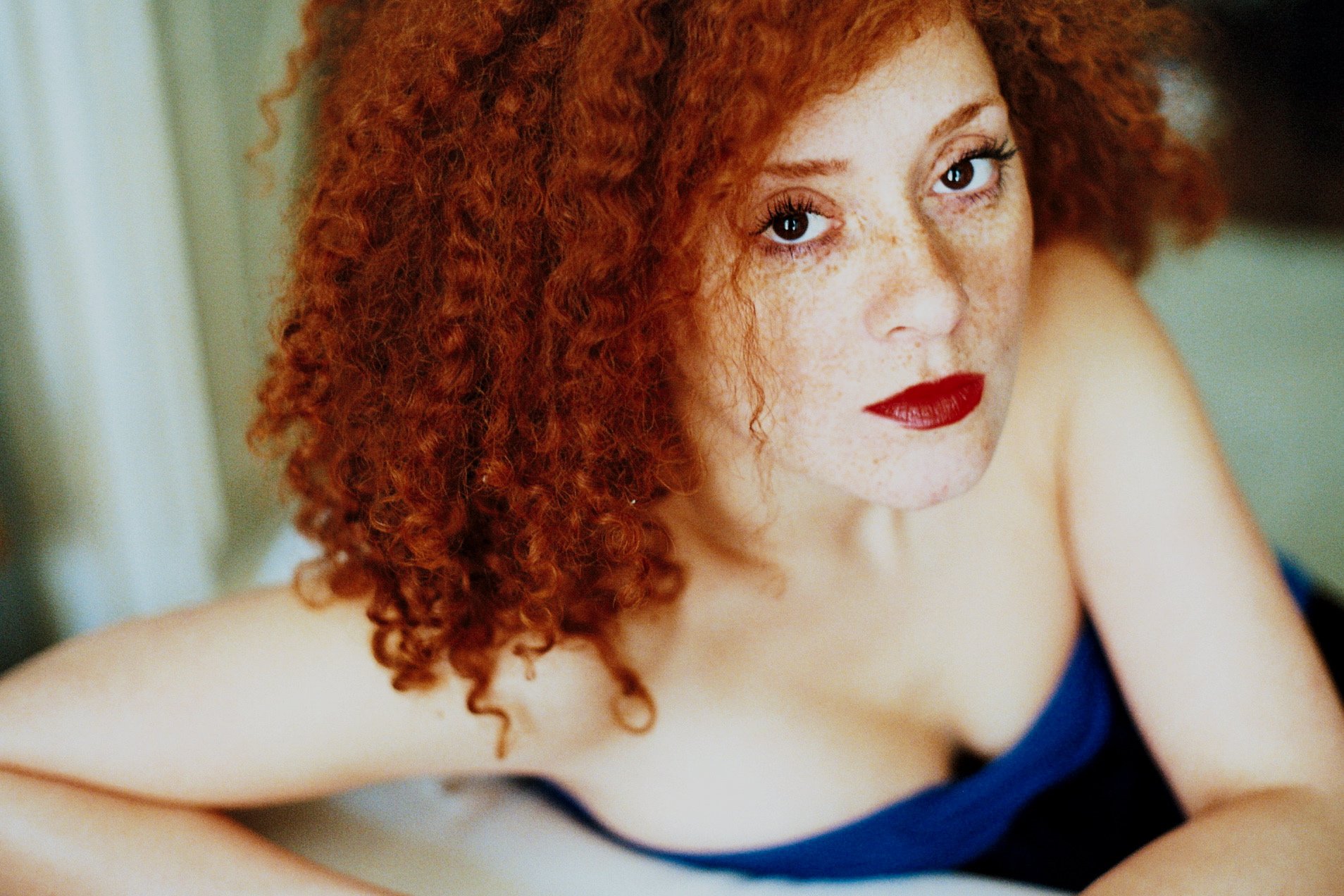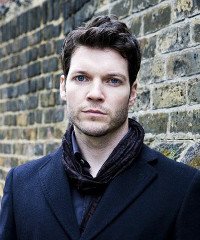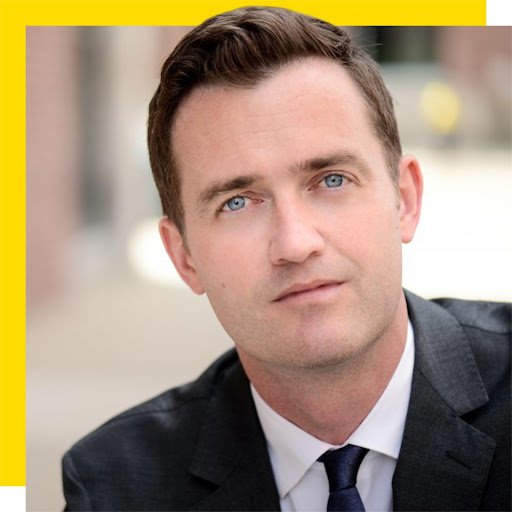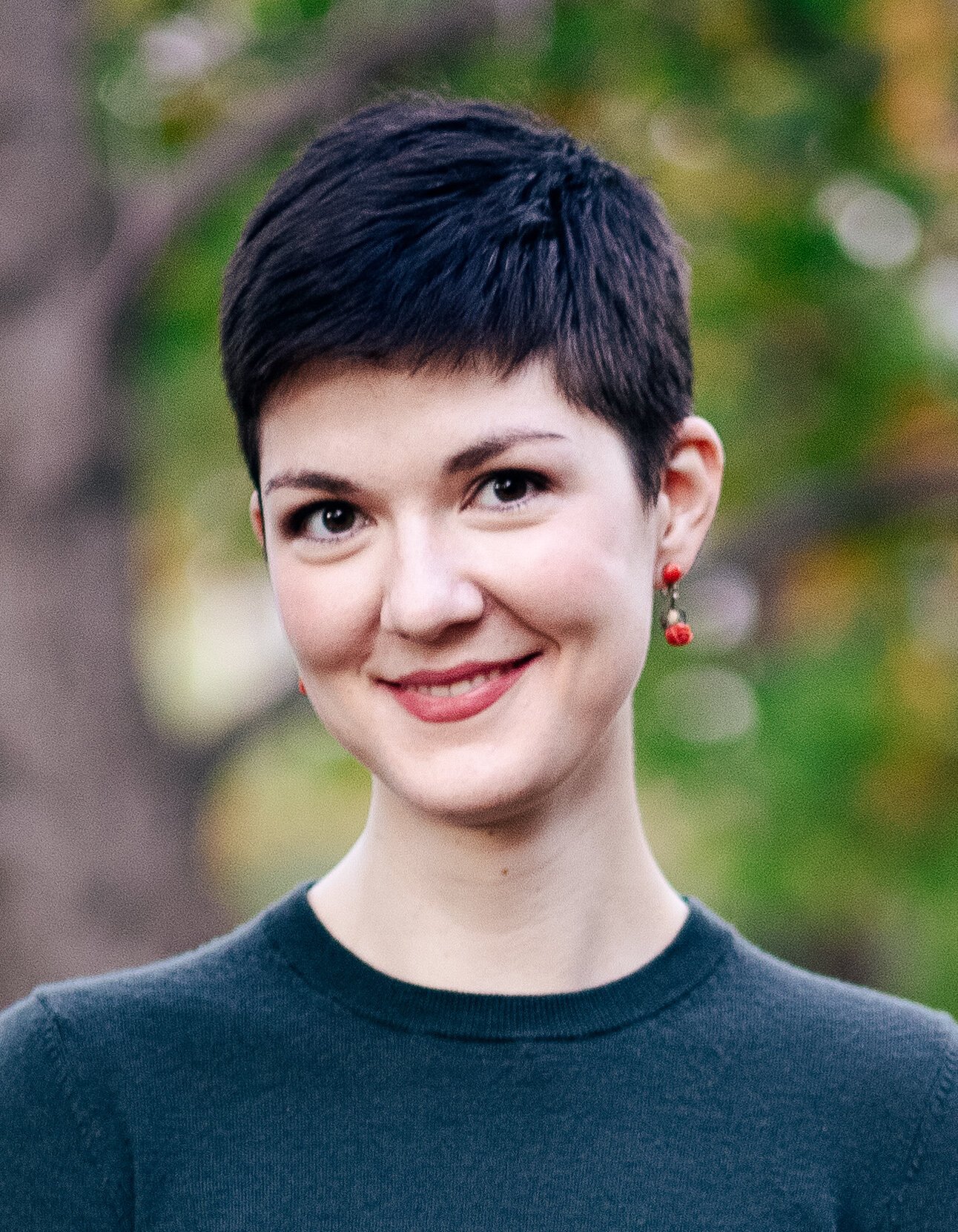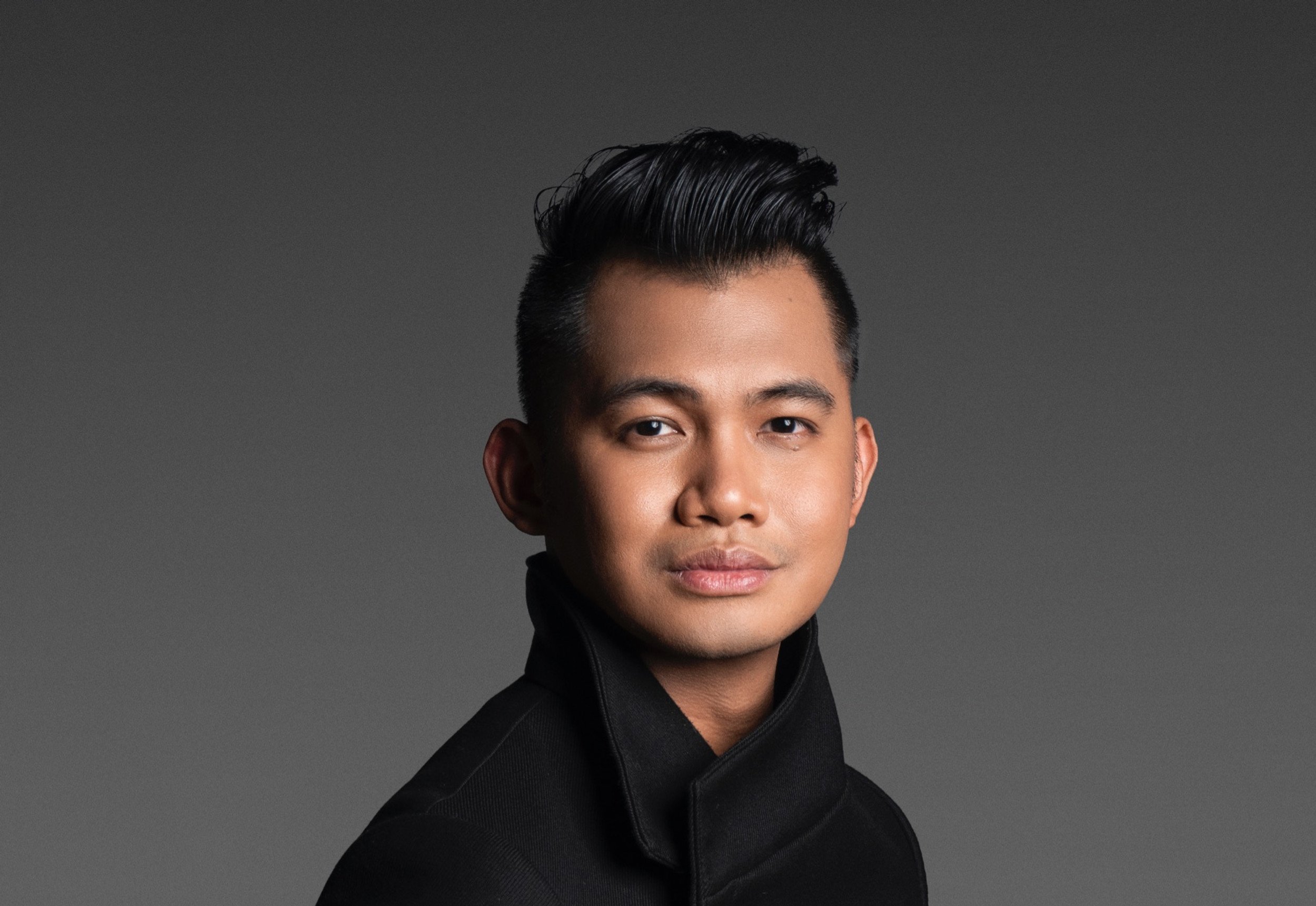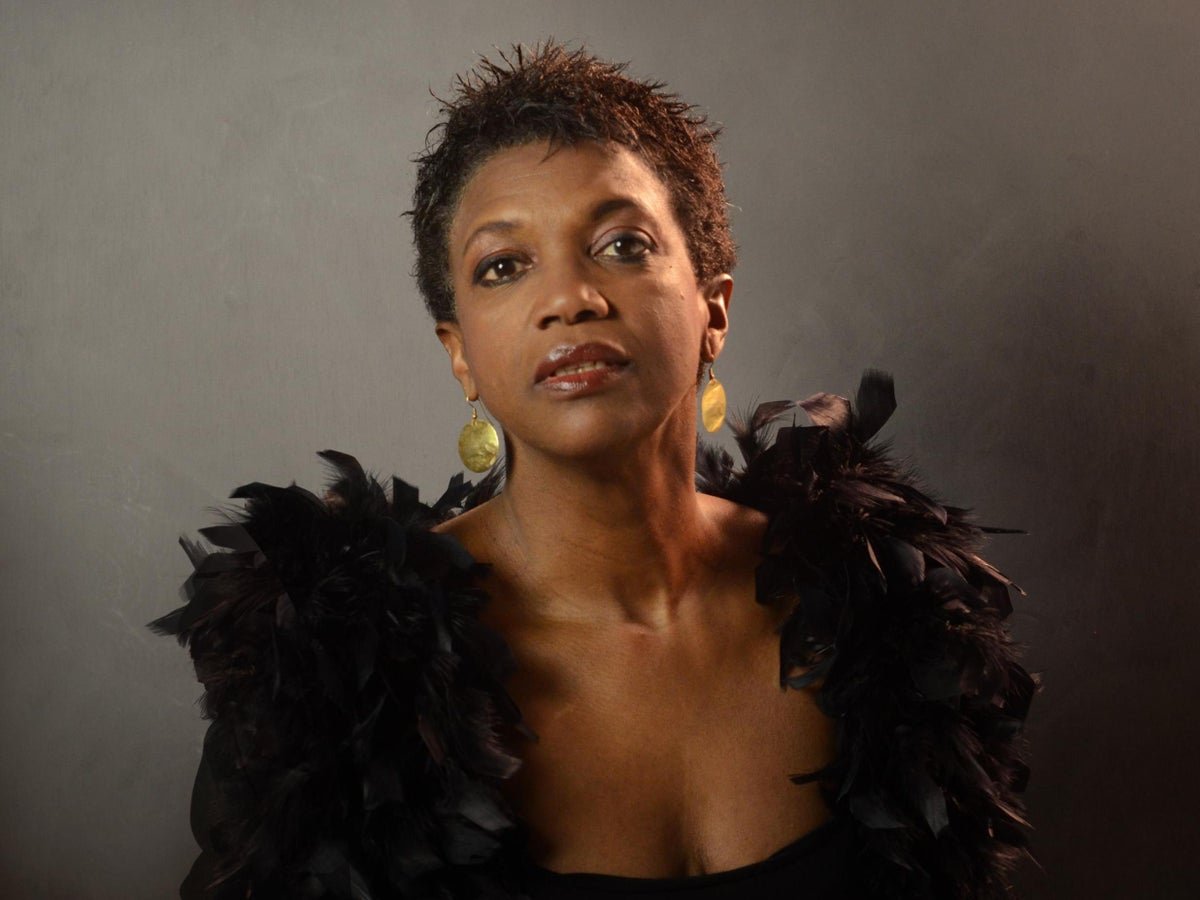A Fairy Queen graphic by artist Richshaad Ryan; courtesy of IN Series.
Prologue: The course of true opera never did run smooth. IN Series’ production of A Fairy Queen has a three-hundred-year, complicated history behind it. Opera developed in different styles during different time periods in Italy, France, Germany, and England. We are still waiting for fully developed American opera, post Menotti and Sondheim. Opera purists tend to view altering the divine works of the great masters as sinful. Yet, from what I’ve read that was not always the case. Opera performances were meant to be entertaining works of art that connected their truths with audiences of the present day, place, and culture; modifications and adaptations were routine. IN Series agrees with Shakespeare that the play’s the thing, but methinks their essence is how you present the play matters. Their online motto is “Opera that speaks. Theater that sings.” Now in their fortieth year and under the leadership of Artistic Director Timothy Nelson since 2018, their name was derived from an early review that called their productions inspirational, interesting, and international. For progressive opera exploring important themes, it is the IN place to be in the DC area.
1600’s: England was slow to embrace dramas in which the words were sung, holding tight to the spoken versions of their great dramatists. An early step was to produce semi-operas: take a nice play, divide it into five acts, and insert musical interludes between the acts with some singing and dancing for good measure, all to be performed at court (that’s where the people who could pay for it resided). English composer Henry Purcell (1659-1695) was the genre’s most highly regarded practitioner, and The Fairy Queen, based on William Shakespeare’s “A Midsummer Night’s Dream” is regarded as the best of the type, mainly due to Purcell’s music. Much of the play revolves around Oberon and Titania, king and queen of the fairies, whose falling out drives the early action.
IN Series Artistic Director Timothy Nelson; photo courtesy of IN Series.
2016: Did you notice the shift between A Fairy Queen and The Fairy Queen in the prologue? The journey from one to the other began when Artistic Director Nelson conceived and constructed a new version of Purcell’s The Fairy Queen to be fully staged for a 2016 festival in England; he chose to call his construction A Fairy Queen. The alterations were substantial. The Fairy Queen is a five-act adaptation of “A Midsummer’s Night Dream” with five musical interludes. Interludes were not usually constructed to be part of the drama; furthermore, in these 4-5 hour performances, the actors didn’t sing and the singers didn’t act. Mr. Nelson wanted to create a clear narrative flow with music and singing directly supporting the important themes of the play in a shorter time frame. His Fairy Queen has four stories from Shakespeare’s play presented as four dramas presented over four nights by fairies, with a prologue and epilogue; he included about 90% of Purcell’s music from The Fairy Queen and some of Purcell’s other songs as well, all picked to support what was happening in the play, all sung by the actors.
2020: The plot thickened in 2020 when A Fairy Queen, scheduled to be a fully staged opening to its new season, was undone by the COVID pandemic. IN Series chose instead to have a virtual season with online productions placed on their INvision streaming platform. A Fairy Queen was to be done as a podcast, thought to be the first podcast opera. Artistic Director Nelson had the idea to use old technology in an opera year seasoned by technology. He conceived using a radio show format from the mid-20th century to communicate the themes of Purcell’s and Shakeseare’s work. This allowed a narrator to be employed, along with a sound effects person that could help communicate time and the place of the opera. Actor/singers and musicians from around the globe were deployed in separate efforts creating recordings that were stitched together by IN Series staff. The podcast is still available on the IN Series website.
2021: The return to live staging of opera for IN Series was a carefully orchestrated effort that began in October with an animated feature, BOHEME in the Heights, including live music in a theater. Mr. Nelson decided to open the 2021-2022 season of live staged opera with A Fairy Queen, noting that both A Midsummer Night’s Dream and Romeo and Juliet were first performed in England in a year when Europe was emerging from a pandemic, as though Shakespeare was saying that theater was not going away. IN Series wanted to make the same pronouncement and believed that a light-hearted opening production would be fitting.
Sunday: I came to the Lang Theater wondering how well Mr. Nelson’s deconstruction and resynthesis of Shakespeare and Purcell would work; to borrow again from the bard, would he be able to make concord of his discord? The question came back to me near the end of the opera’s first section. At the end of ‘Night the First: The Mechanicals’, the engaging novelty had mostly worn off, and after some initial hilarity, the character Bottom, whose clueless manner was being effectively played for laughs on stage, was starting to trend more annoying than amusing to me. Maybe the ‘The Mechanicals’ (the locals planning to put on the play Pyramus and Thisbe) was not a strong enough opening act to keep me engaged, or maybe skipping lunch had dropped my blood sugar too low. But remedy was soon at hand. Puck began ‘Night the Second: The Fairies” with a soothing rendition of Purcell’s “O Solitude”, and when Titania started singing, first with Oberon and then the Chorus, I became viscerally aware that all my concern had vanished. Indeed, the transformation was magical. Perhaps some fairy dust from the stage had blown across the audience. On stage, an old-time radio performance of A Fairy Queen, a play within a play, was in progress, performed in front of a live audience, and I became part of ‘that’ audience once more. Bottom became funny again, especially snuggling up to Titania, and this music drama enveloped me for the rest of the ride. Afterwards, it seemed to me that Shakespeare and an English semi-opera had been effectively transformed into an American opera that looked destined for Broadway.
l to r: Ben Williamson who played Oberon; Lucy Page who played Titania; and Sara Couden who played Fairy and Quince. Photos courtesy of IN Series.
Highlights: The production was done well overall. Certainly, a highlight was the cast of multi-talented singers. A Fairy Queen places a special demand on the singers. Not only must they sing baroque well, but they must also recite Shakespeare well. This cast, who often played multiple roles, was marvelous in both regards. Mr. Nelson was able to anchor the performance by bringing back three singers from the podcast – soprano Lucy Page as Titania, countertenor Benjamin Williamson as Oberon, and mezzo-soprano Sara Couden as a fairy/Peter Quince. All three were extraordinary. Given her effect on me, Ms. Page must surely have been a Siren in ancient Greece in a former life. Mr. Williamson and Ms. Couden seemed like naturals for their roles. The four young lovers, soprano Melissa Wimbish playing Hermia, tenor Aaron Sheehan as Lysander, baritone Marc Callahan as Demetrius, and mezzo-soprano Sylvia Leith as Helena provided vocal treats in those and other roles, but they also provided terrific Shakespeare with their rousing spat when Helena felt under attack from the other three, lifting me to the edge of my seat. Bass-baritone Enrico Lagasca as Puck and in other roles provided deep sounds needed to underscore magic.
l to r: Melissa Wimbish who played Hermia/Flute/Thisbe; Marc Callahan who played Bottom/Demetrius/Pyramus; and Aaron Sheehan who played Lysander/Snout/Wall. Photos couresy of IN Series.
The music, directed by Mr. Nelson who also contributed on the harpsichord and organ, included cellists Wheeler Jarvis and Maxfield Wollam Fisher, violinist Jeffrey Thurston, and pianist Emily Baltzer. This small group ably provided accompaniment and expression of Purcell’s music. During Mr. Williamson’s excellent aria “Music for awhile” I began to sense the cleverness in Mr. Nelson’s scoring this performance for three keyboards; “Music for awhile” accompanied by piano and cello, with the cello played pizzicato, turned baroque into jazz. I began to look forward to hearing the different colorations that harpsichord, organ, and piano gave to the different songs, with the harpsichord saying properly done, the organ soothing and mellowing arias, and the piano, late to the baroque party saying you haven’t really heard baroque until you’ve heard me play baroque. This choice by Mr. Nelson was different and exciting, but more excitement was in store. Mr. Nelson feigned a failed attempt to accompany Ms. Couden on a toy trumpet. She asked for audience help, and in the biggest surprise of the performance, star soprano Claron McFadden emerged from the audience as the needed and quite pleasing Trumpet. Singers also included a three fairy ensemble (soprano Rachel Evangeline Barham, tenor Andrew Sauvageau, and baritone James Rogers).
l to r: Sylvia Leith as Helena/Snug/Lion; Enrico Lagasca as Puck/Starveling/Moonshine; and Claron McFadden as Trumpet. Photos courtesy of IN Series.
Staging for the opera was simple, but appropriate and adequate, a radio studio with needed personnel and equipment and a studio audience. Sitting beside the ON AIR light, narrator John T. K. Scherch sounded like a real life radio host, which he is, as well as a performing bass. On the side manning a booth with an amazing assortment of things to make sounds with was Sound Effects Artist Jill Ahrold Bailey. Both of these contributors had impeccable timing and used well their many opportunities to add to the humor of the performance. Need evidence audiences are part of performances? Ms. Bailey held up a sign telling the audience when to applaud.
Epilogue: My wife’s summation was that she thought the performance of A Fairy Queen was beautiful! I will add a bit more. Shakespeare’s words and wit drew us into true love, love lost, and truer love found; Purcell’s music quieted the beast to let us experience the bard’s incantations, and this IN Series performance was, as my wife proclaimed, beautiful. Author, composer, and performers each contributed to the magic. We, the audience, were thrice charmed. In the end, live staged opera reemerged and met its goal - beauty was achieved and shared.
The Fan Experience: IN Series gave performances of A Fairy Queen on December 3 in Baltimore at the Baltimore Theatre Project, and on December 4 and 5 in the Lang Theater in the Atlas Performing Arts Center. Their 2021-2022 seasons includes a premiere of a new opera, Zavala-Zavala, and IN Series’ first performance at the Kennedy Center; details for the rest of their season can be found at https://www.inseries.org/current-season.
Finding IN Series online can be a challenge when you try “in series” in your browser’s search bar. If you use the term “in series opera” it pops up. The URL is “inseries.org”. There is a lot of online content there to be enjoyed.
The Lang Theater was a perfect venue for A Fairy Queen, not tiny, but still intimate and comfortable. Atlas Performing Arts Center is a 35 minute drive from Tysons Corner under optimal driving conditions. Sunday’s was pleasant. Most daunting, however, is the difficulty in finding on street parking. Instead, I reserved a close by parking slot from SpotHero, a company recommended by the Center’s website and that worked out well. A bus option from Union Station also exists.


